Ham is a meat product that is popular worldwide. With traditional European roots, ham is by definition a product made from the dried meat of the pig's leg - front or hind, as well as from venison.
Nowadays, however, ham is made from a wide gamma of uncut or coarsely cut pork from the leg or shoulder, sometimes with the bone, but in most cases without. In recent years, ham from turkey and chicken meat has gained huge popularity.
Even though the traditional recipe for the production of ham requires drying the meat under specific conditions, the majority of the produce offered in supermarkets today is smoked or cured. The delicacy made solely by naturally drying the meat is more prized, and understandably, more expensive.
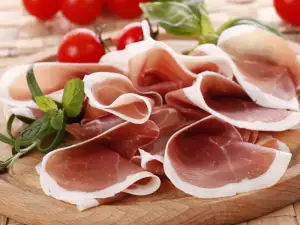
There are data that ham was prepared back in ancient Rome. Even back in the 1st century BC, Marcus Terentius Varro described the technique used to make the delicacy in his work On Agriculture.
Most types of ham are made according to a similar technique - the pork legs are well salted and arranged at the bottom of a special barrel where they are stored. It takes them 40 to 45 days to cure, after which the meat is taken out to dry.
Italy and its unique prosciutto are beloved worldwide.
Traditional Italian prosciutto is known as Prosciutto di Parma. It is made in the entire country but the highest quantities come from the eastern part of the province of Parma. Prosciutto is usually made from 28.5 lb (13 kilogram) pork legs, which are salted and sometimes have sugar and spices added. The most famous brand of prosciutto is Prosciutto di San Daniele. This unique delicacy is adored by so many people because it has less salt and an expressed pleasant aroma.
It is perhaps Spain that has the strictest rules and lawful regulations for monitoring the production of ham. There is no ham but a quality ham for the Spanish, something completely normal when you consider that they have rules for feeding the swine, the preparation, as well as strict requirements for the actual production processes. In Portugal, ham goes by the name fiambre and is quite similar to Spanish ham.
Delicatessen ham is made in Germany also, the most popular type probably being Black Forest ham (Schwarzwälder Schinken). It is made in the region of the Black Forest mountain range and is smoked with wood chips and pine cones.
The one-of-a-kind aroma of Westfälischer Schinken is a result of it being smoked with beech wood chips. Traditionally it is produced in the region of North Rhine-Westphalia, while the meat of the ham comes only from swine fed with acorns. Ammerländer Schinken is also no less popular - it is prepared in northern Germany. Its unique taste is distinguished due to the fact that it is smoked with a mixture of sea salt, brown sugar and spices.
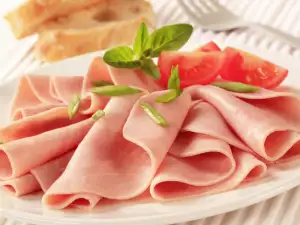
In France the most popular ham is Bayonne ham, bearing the name of the southwestern French city, which is 1st dried in the open and then salted. No less delicious is Jamón ham, which is boneless and prepared in a special form.
China too has a tradition of producing delicacies similar to ham. Surviving documents show evidence of a type of ham used in different Chinese dishes in the 10th-13th centuries. Some time later throughout the centuries, different kinds of ham were commonly used to make local soups. Today, the most famous type of ham in China is Jinhua ham. It is also used in one of the national dishes of the country - "Buddha Jumps Over the Wall".
Types of Ham
Most hams undergo either salting, curing, boiling, roasting or drying, with or without smoking.
- Cured ham - made from uncut pork from a leg or shoulder. It is shaped, salted, goes through a curing stage, and is then boiled, with the center of the meat needing to reach a temperature of 160°F (72°C). Sometimes the boiled ham is roasted or smoked;

- Dried ham - made from uncut pork. Initially the meat, usually from the leg or shoulder, is shaped, then undergoes salting, aging and finally drying with or without smoke;
- Ham from coarsely chopped meat - this type of ham is seen en mass and is the least expensive. It is made from coarsely chopped raw meat, with 5% visible fat allowed. Like the other types of ham, first it is salted, then aged and boiled until a temperature of 160°F (72°C) is reached in the middle of it. At the end it is sometimes smoked.
Choosing and Storing Ham
Always buy well cooled ham, which a clearly indicated manufacturer and expiration date. Store it in the refrigerator for no more than 2 to 3 days. Airtight packaged ham can last longer as long as it is not opened.
Culinary Use of Ham
As a final product, ham is widely used in the culinary arts. It is used to make easy and tasty appetizers, sandwiches, salads, while a pizza garnished with ham always guarantees a supreme taste. A limitless amount of bakes with vegetables and sauces can be prepared with ham. Often ham is added to the stuffing of baked goods - quiches, salty pies and homemade pastries. Here's one way to make ham, quickly and easily at home.
Homemade ham recipe: pork leg - about 4.5 lb (2 kg), spices - salt, paprika, black pepper, white pepper, dried tarragon; olive oil - 3-4 tablespoons.

Preparation: Thoroughly wash and dry the pork leg, salt and rub it with black pepper and dried tarragon. Tie the meat with cord or other strong thread, so that it stays tight and braise it briefly on all sides in heated olive oil. Once it is crisped, put it in an oven bag, seal it and poke through several small holes.
Put the meat to bake in a preheated 390°F (200°C) oven for 1 hour and 30 min. Take out the pork and while still warm press it with a weight. Let it form and cool. Then remove the cord and serve the homemade ham in thin slices.
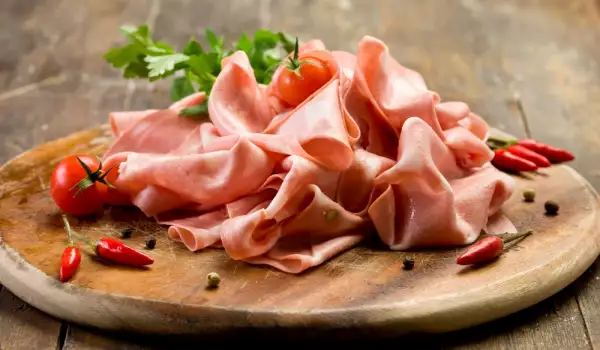
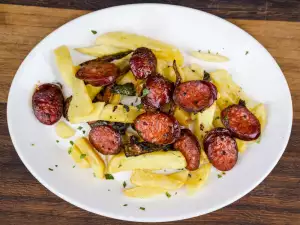

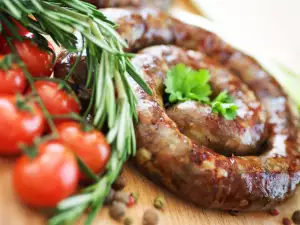

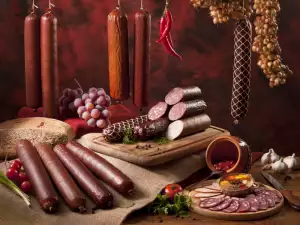

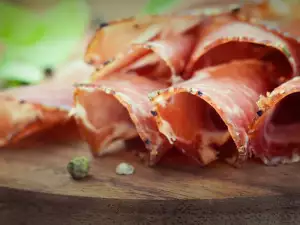

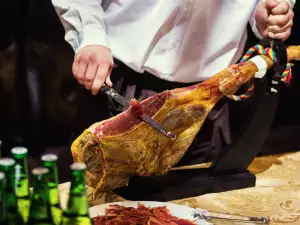
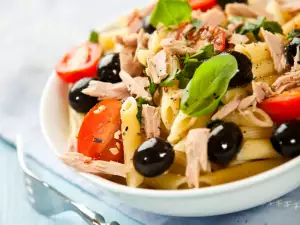







Comments